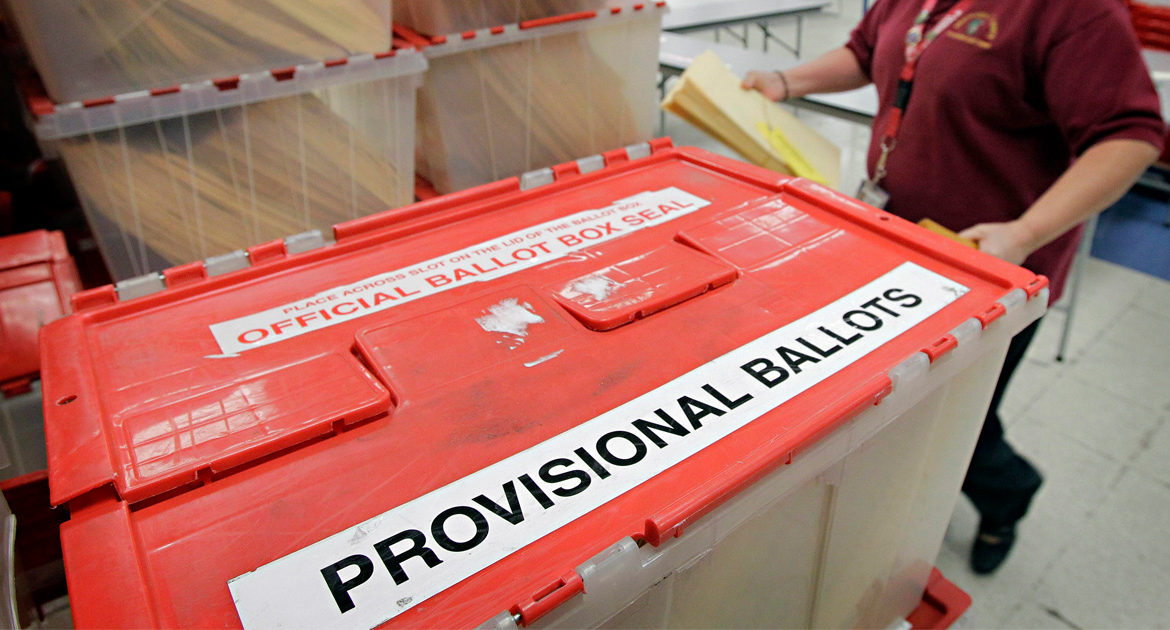A voter has the right to cast a provisional ballot if he or she believes they are eligible and registered to vote but is unable to cast a regular ballot, due to reasons such as the voter’s name not appearing on the registration list at the polling place, the voter does not have a required form of voter identification, or an election official challenges the voter’s eligibility. After a voter has cast a provisional ballot, election officials determine whether or not to count the provisional ballot by verifying the voter’s eligibility . Sometimes states require voters to take additional steps to verify their eligibility in order for the provisional ballot to count such as submitting an acceptable form of identification at a board of elections office within a specified time period after Election Day.
It is important to know that many poll workers are improperly trained to handle provisional ballots, and may fail to inform voters’ of their right to cast a provisional ballot. Poll workers may also mistakenly misinform an eligible voter entitled to cast a regular ballot that the voter must instead cast provisional ballot. Voters should therefore insist on their right to cast a normal ballot when their eligibility has not been challenged or called into question, and their right to cast a provisional ballot the voter believes he or she is eligible to vote but eligibility cannot be immediately determined.
Voters should be aware that areas with high percentages of racial and ethnic minority voters have the highest rates of provisional ballots, and a large proportion of these ballots are typically rejected. Therefore, voters should take steps in advance of Election Day to ensure they will be able to cast a regular ballot, such as verifying they are registered to vote and ensuring they have the proper form of identification required by state law.
There are no clear and uniform standards for counting provisional ballots. For example, many states do not count provisional ballots cast in the wrong precinct, while others do. Provisional ballots are typically rejected for one of four reasons: (1) the voter is not registered to vote; (2) the voter cast the provisional ballot in the wrong precinct or jurisdiction; (3) the voter did not complete or sign the provisional ballot; or (4) the voter did not provide sufficient identification. Though it may be difficult on Election Day for a voter to know whether his or her provisional ballot will be counted, under the Help America Vote Act ALL states are required to provide provisional voters an opportunity to find out afterwards whether their provisional ballot was counted or rejected and, if rejected, the reasons for the rejection.


